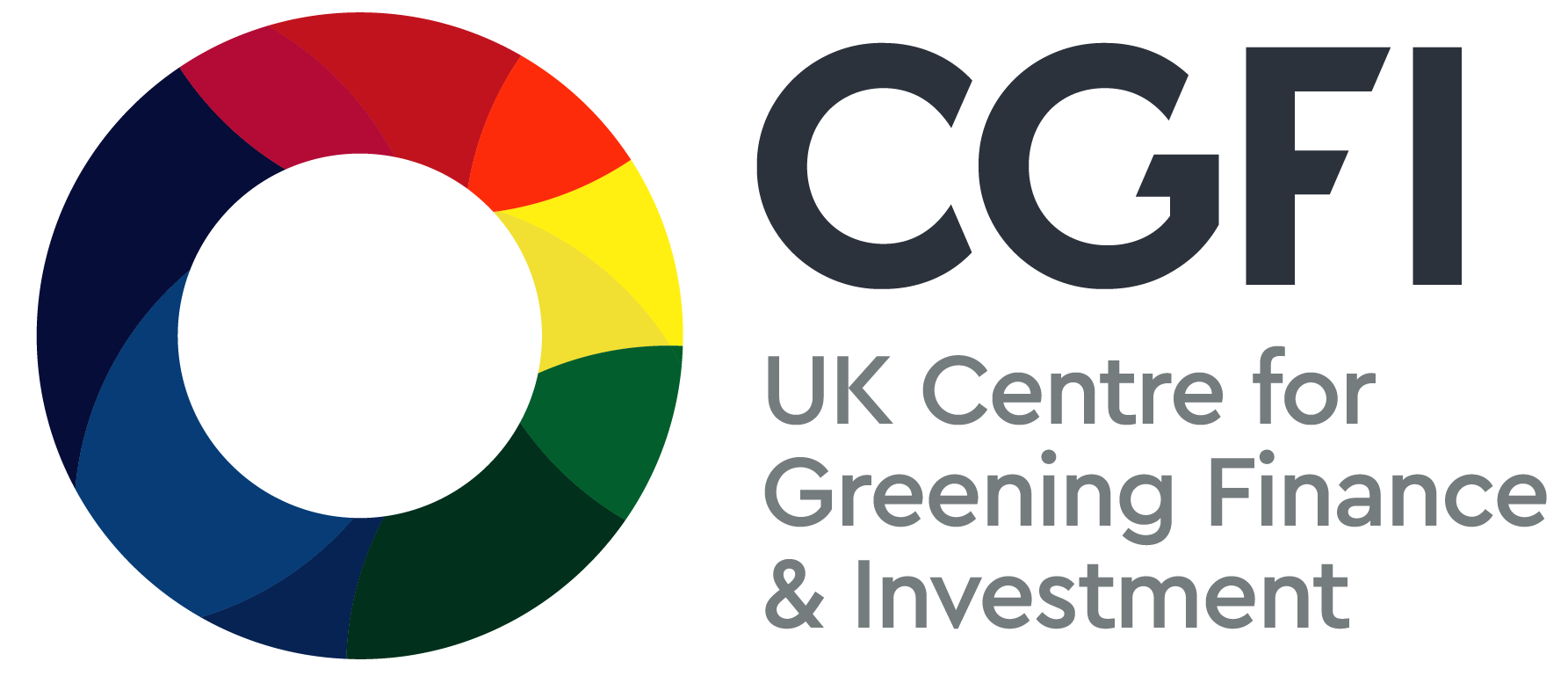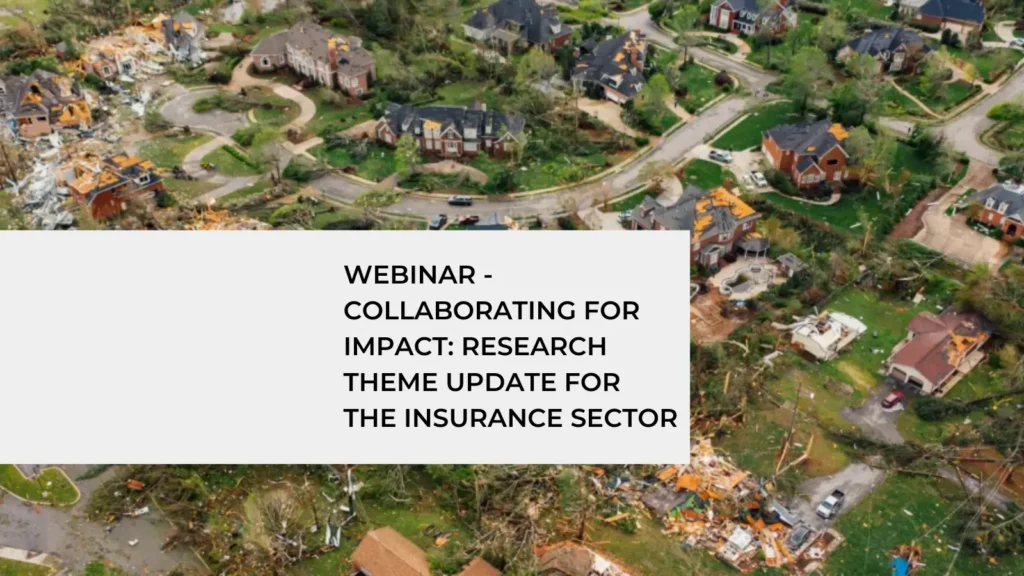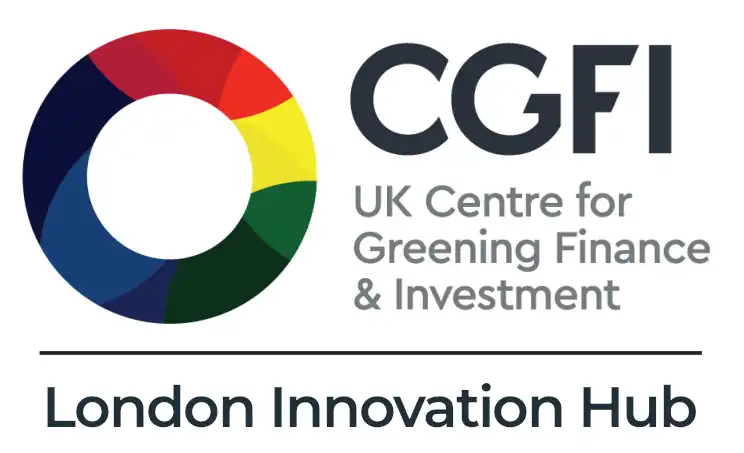The UK Centre for Greening Finance & Investment (CGFI), in collaboration with the Lighthill Risk Network, Oasis LMF, Journal of Catastrophe Risk and Resilience and Maximum Information, recently hosted an online research theme update, focusing on the evolving landscape of climate risk research in the insurance sector.
Building on an in-person workshop last year to set out major climate science challenges for the insurance sector, this year’s event brought together leading climate scientists, financial experts, and risk modelers to explore the latest advancements in modelling climate risks and their implications for the insurance industry. The session provided valuable insights into how cutting-edge climate research can be translated into decision-useful applications for insurers, reinsurers, and financial institutions (see here for event details).
Setting the Stage: Challenges in the Insurance Sector
The webinar opened with Prof. Iain Clacher (UK CGFI/University of Leeds) and Dickie Whitaker (Oasis LMF) outlining the major challenges confronting the insurance industry in integrating climate risk insights into financial decision-making. These included:
•
Extreme Climate Event Attribution – Understanding the extent to which extreme events can be attributed to climate change remains a complex challenge due to the non-stationarity of the climate system.
•
High-Resolution Modelling – There is a growing need for improved spatial and temporal resolution in climate models to assess location-specific vulnerabilities.
•
Decadal Forecasting – Addressing the uncertainty in climate predictions from a season ahead to a few years ahead and their potential integration into catastrophe models and other risk tools.
•
Tipping Points and Systemic Risks – Understanding large-scale Earth system tipping points and their financial implications for insurers and reinsurers.
Speaker insights
Understanding Climate Change Attribution
Prof. Ralf Toumi is an internationally recognised expert in extreme weather systems (at the Grantham Institute, Imperial College London). Prof Toumi provided an in-depth discussion on the non-stationarity of the climate system, emphasizing that climate models must quantify risk in an environment that is constantly evolving. As the climate warms, risks previously considered rare may become significantly more frequent, presenting challenges for insurers reliant on historical catastrophe models.
He highlighted findings from his research at the Grantham Institute on hurricane attribution. He also introduced a forthcoming academia-industry collaborative hackathon, involving institutions such as Aon and the University of Leeds, aimed at enhancing data accessibility and improving insights into the past and future risks of tropical cyclones and globally connected perils.
Counterfactual Risk Modelling
Dr. Nicholas Leach (University of Oxford and climate risk analytics company Climate X) presented ground breaking research on counterfactual modelling for extreme weather events, using Storm Eunice as a case study. His team simulated how Eunice would have evolved under different climate conditions, revealing that losses could have been significantly higher in a warmer world. He emphasized the importance of high-resolution modelling using ensembles to assess storm impacts.
A key finding was that standard loss indices may underestimate tail risk, potentially mispricing future insurance losses. His work with Aon and the University of Reading aims to enhance impact modelling frameworks to better capture these future risks.
High-resolution information and downscaling
Prof. Pier Luigi Vidale (NCAS) and Dr. Ségolène Berthou (Met Office) highlighted the importance of high-resolution climate modelling in capturing local-scale extremes that are often missed in most current global climate models. They emphasized the potential of both high-resolution global models and downscaling techniques to improve risk assessments for insurers, particularly for perils like windstorms and flooding.
Potential for Improved Decadal Forecast
Dr. Adrian Champion from Aon, the world’s largest reinsurance broker and a global provider of insurance solutions and risk management, highlighted how natural variability in the weather has a big impact on the (re)insurance industry, and the importance of not relying on short observational records to understand the risk from extreme weather events. He discussed the potential value of using decadal forecasts in the (re)insurance industry but also the challenges of integrating these data into the insurance sector. One of these challenges is how decadal forecast data relates to the industry catastrophe models, and how the decadal forecasts impacts the risk and decision making within the (re)-insurance sector.
Dr. Laura Dawkins from the Met Office provided insights into the potential for improved decadal forecasts, particularly through projects such as EU ASPECT. She explained how annual-to-decadal climate prediction can help insurers better understand medium-term risk trends, particularly in extreme event frequency and intensity, and discussed how they might be used alongside other information sources such as observations and climate projections.
Large-Scale Earth System Climate Tipping Points
Dr. Tom Philp (risk analytics firm Maximum Information) discussed the implications of crossing critical Earth system tipping points, emphasizing the uncertainties in how climate and socio-economic systems will respond.
He explained that standard scenario modelling often fails to capture the cascading effects of tipping points, highlighting the need for new risk frameworks that consider systemic and cross-sectoral impacts.
Prof. Iain Clacher (UK CGFI / University of Leeds) emphasized that financial markets are not yet fully pricing in the risks associated with climate tipping points, highlighting the urgent need for better integration of systemic climate risks into financial decision-making, including consideration of breaching points that are relevant to the industry.
Amir Sethu (global reinsurance company MS Amlin) pointed out that (re)insurance firms must start incorporating breaching points into their scenario analysis, as traditional risk models may not adequately capture the non-linear impacts of tipping points on insured assets and liabilities.
Conclusion - Bridging the Gap Between Science and Finance
Dr. Matt Priestley (RMetS) highlighted the challenges of quantifying deep uncertainty in extreme weather projections while Prof. Jason Lowe (UK CGFI, University of Leeds, Met Office) concluded the webinar by emphasizing integrating multiple lines of evidence to improve decision-making, and noting the progress made over the last 12 months.
As climate risk grows, such initiatives as presented in the webinar, will be key to shaping resilient financial strategies.
The webinar underscored the importance of continued collaboration between climate scientists, insurers, and wider financial institutions to refine risk assessment frameworks and integrate emerging climate insights.



